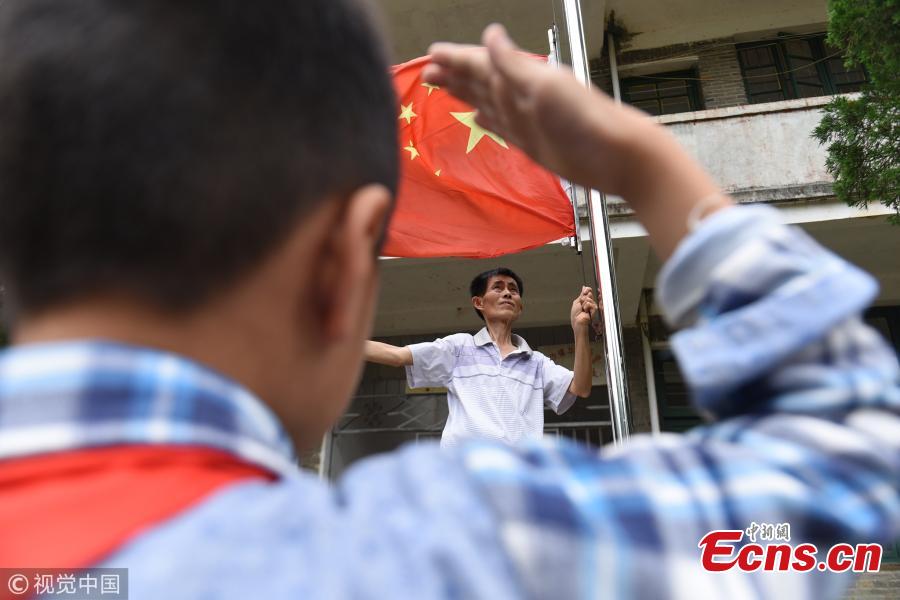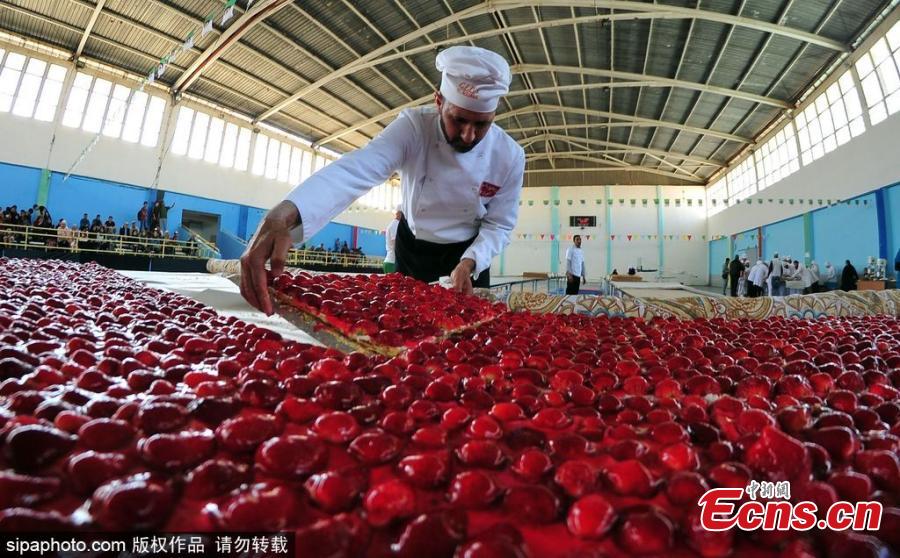Total soybean exports from the United States to China would fall at least 20 percent for the 2017-18 marketing year, compared to a historic record of 36 million metric tons last marketing year, if the trade dispute between China and US cannot be solved in a timely manner.
Zhang Xiaoping, country director for China at the US Soybean Export Council, said current trade tensions have already pushed Chinese importers to turn elsewhere for soybean supplies, although US soybeans are competitive in both price and quality.
"US farmers believe the right strategy to solve trade imbalances should be to further expand trade instead of restrictive measures such as punitive tariffs. So they have been making an effort to support all policies aimed at expanding trade," he said.
As the US is expected to increase its sales of soybean and soy products to other markets, total US soybean exports for this year would decrease only by 5 percent, according to the USSEC.
"Because soybean trade between China and the US has been beneficial to Chinese crushers, feed millers, animal producers and US farmers, any trade restrictions will damage the industries in both countries. We don’t think it reasonable or worthwhile for any policies to hurt ones' own interests," Zhang said.
He added soybean trade between the two countries will be further expanded in the long run, and expanding soy trade can effectively help solve the trade imbalance issue in the short run.
"We hope the two countries will realize the importance of soybean trade to both economies and find the solution to the current trade dispute."
China has other options to seek new soybean sellers from other markets such as Brazil and Argentina, although the US holds some advantages when it comes to price and sophisticated distribution systems for delivery.
"US soybeans are of decent quality in terms of digestible amino acids for better animal performance and more efficient animal production, which makes the US a competitive supplier of soybeans," said Li Hanping, a professor at Shenyang Agricultural University in Liaoning province.
Soybeans are grown in 29 states in the US, where about 55 percent of its soybean production is exported.
Chinese farmers currently plant non-genetically modified varieties, and their per-hectare production is about half that of genetically modified ones grown in the US, Brazil and Argentina.
It is difficult to increase China's soybean output within a short period, because farmers in the Northeast cannot get more land or convert land grown for other yields such as corn and rice.
"With rising farming equipment prices and limited arable land, the cost of raising domestic output is fairly high," said Ding Lixin, a researcher at the Chinese Academy of Agricultural Sciences in Beijing.


















































